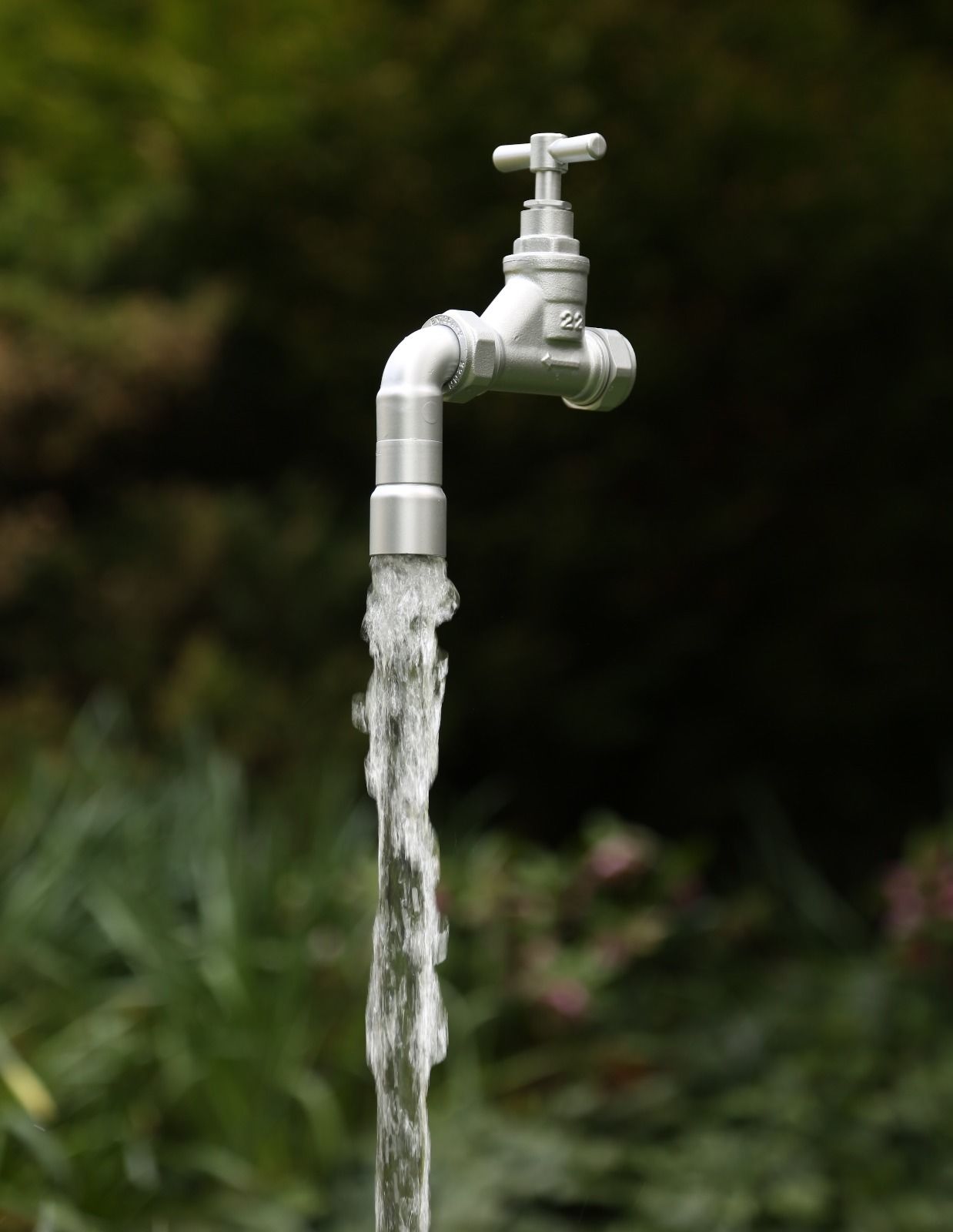

An estimated 43 million Americans use private wells, which are not protected by the federal Safe Water Drinking Act and aren’t regulated in most states, so the water isn’t routinely tested or monitored, and the responsibility for cleaning up dangerous chemicals falls to homeowners. This is especially troubling for people using private drinking water wells like Latkanich, who tend to live in rural areas where oil and gas extraction takes place. They also noted that PFAS could have been used in additional states and in additional types of wells.Ī 2021 investigation by the Philadelphia Inquirer found evidence that PFAS had been used in at least eight oil and gas wells in Pennsylvania, but the state’s PFAS action team has not publicly addressed the issue of PFAS in the state’s oil and gas wells, and did not respond to questions about whether it is assessing the potential for widespread PFAS contamination from oil and gas wells. Physicians for Social Responsibility’s report found evidence that oil and gas companies, including Chevron and Exxon Mobil, have used PFAS, or substances that could degrade into PFAS, in more than 1,200 fracking wells in Arkansas, Louisiana, Oklahoma, New Mexico, Texas and Wyoming. The PFAS in Latkanich’s water have national implications. Horwitt was a co-author of the report that initially uncovered the use of PFAS in fracking wells. “It’s very difficult to conduct scientifically rigorous tests on an industry that operates with so much secrecy,” Dusty Horwitt, a consultant with the environmental health advocacy group Physicians for Social Responsibility, told EHN. And secrecy about ingredients throughout the supply chain for drilling and fracking chemicals make it difficult to hold any one company accountable for PFAS contamination in drinking water, leaving people like Latkanich - and regulators and scientists - in the dark. But a lack of transparency in the industry makes it impossible to track where the chemicals have been used. The new findings suggest PFAS contamination may represent yet another problem left in the wake of fracking. There’s also evidence that the chemicals are used during initial drilling and other phases of oil and gas extraction, but companies aren’t required to disclose those chemicals, so there’s no way of knowing how widespread the practice is. The chemicals, which are extremely water-repellent, are sometimes used in fracking fluid to make the chemical mixture more stable and to more efficiently flush oil and gas out of the ground at high pressure. Exposure is linked to health problems including kidney and testicular cancer, liver and thyroid problems, reproductive problems, lowered vaccine efficacy in children and increased risk of birth defects, among others.īryan Latkanich in his kitchen in Washington County, PA. The chemicals don’t break down naturally, so they linger in the environment and human bodies. As far as the experts we spoke with know, this is the first time PFAS that may be linked to fracking have been detected in household drinking water.

It was revealed that these chemicals, collectively referred to as PFAS (per-and polyfluoroalkyl substances), have been used in U.S. Now, researchers have uncovered more harmful substances in Latkanich’s tap water -“forever chemicals.” In 2020, anĮnvironmental Health News investigation found evidence that Latkanich and his son Ryan had been exposed to harmful chemicals like benzene, toluene and styrene. Latkanich is a resident of Washington County, Pennsylvania, one of the state’s most heavily fracked regions.


 0 kommentar(er)
0 kommentar(er)
